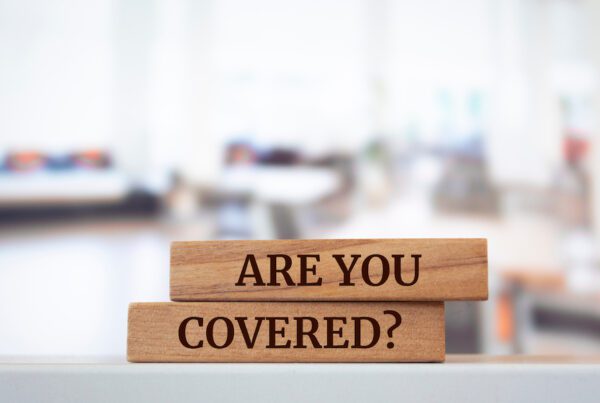Introduction:
When property managers, building owners, and co-ops hire contractors for various projects, it is crucial to prioritize proper insurance coverage. One essential tool in this process is the CG 20 10 additional insured form. By requesting this form from contractors, property managers, building owners, and co-ops can ensure they have adequate protection and mitigate potential liability risks. In this article, we will delve into the reasons why requesting a CG 20 10 additional insured form is vital for these stakeholders.
Protection Against Liability Claims:
The CG 20 10 additional insured form is designed to provide an additional layer of liability coverage to property managers, building owners, and co-ops. By requesting this form, these stakeholders can ensure that they are included as additional insured parties on the contractor’s insurance policy. This means that in the event of a liability claim arising from the contractor’s work, the property manager, building owner, or co-op will have coverage and protection under the contractor’s policy. This helps shift the financial burden of potential claims away from the property manager, building owner, or co-op and onto the contractor’s insurance.
Contractual Obligations:
Many construction contracts and agreements require contractors to provide additional insured coverage to property managers, building owners, and co-ops. By requesting the CG 20 10 additional insured form, these stakeholders ensure that the contractor is fulfilling their contractual obligations. This form serves as evidence that the contractor has included the property manager, building owner, or co-op as an additional insured party on their insurance policy, as mandated by the contract. It helps enforce compliance with contractual requirements and provides peace of mind to all parties involved.
Coverage Continuity:
Obtaining the CG 20 10 additional insured form is crucial for property managers, building owners, and co-ops to ensure seamless coverage continuity. When a contractor includes these stakeholders as additional insured parties, it guarantees that they are protected not only during the active phase of the project but also after its completion. This is particularly important for liability claims that may arise from completed operations. The CG 20 10 form extends coverage to property managers, building owners, and co-ops for claims that occur after the project has been finished, providing long-term security and protection.
Risk Mitigation:
Requesting the CG 20 10 additional insured form is an effective risk mitigation strategy for property managers, building owners, and co-ops. By becoming additional insured parties on the contractor’s insurance policy, they transfer a significant portion of the liability risk associated with the project to the contractor’s insurance coverage. This helps protect their assets, minimize potential financial losses, and reduce exposure to lawsuits and claims. It is a proactive step towards ensuring that adequate insurance coverage is in place and that all parties involved are protected in the event of an unforeseen incident.
Conclusion:
For property managers, building owners, and co-ops, requesting a CG 20 10 additional insured form from contractors is of paramount importance. It offers an additional layer of liability protection, ensures compliance with contractual obligations, guarantees coverage continuity, and helps mitigate risks associated with construction projects. By taking this proactive approach to insurance coverage, these stakeholders can safeguard their interests, minimize financial burdens, and navigate their responsibilities with confidence. It is advisable to work closely with insurance professionals or legal advisors to understand the implications and make informed decisions regarding the CG 20 10 additional insured form.



